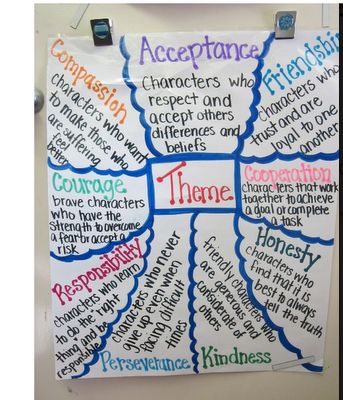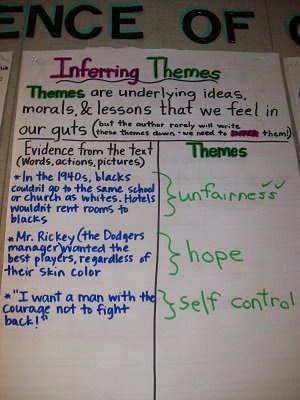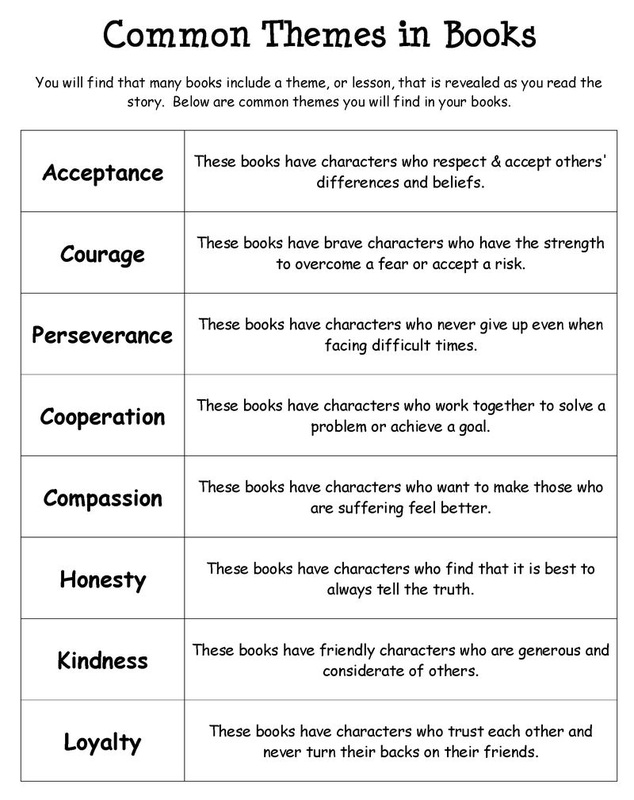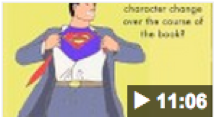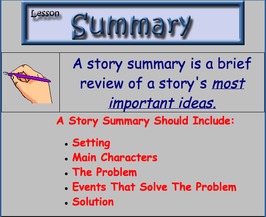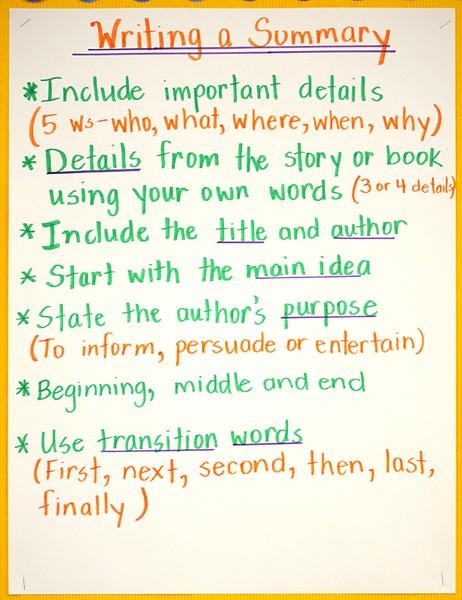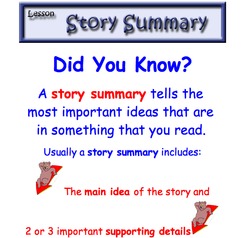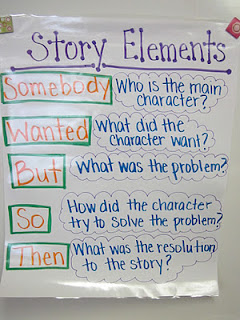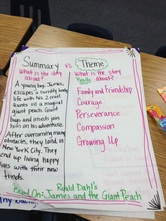Theme
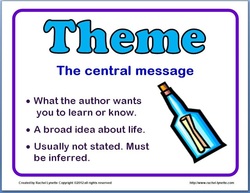
http://www.minds-in-bloom.com/
I can find the theme in a story. RL.5.2
2. Determine a theme of a story, drama, or poem from details in the text, including how characters in a story or drama respond to challenges or how the speaker in a poem reflects upon a topic; summarize the text.
One way to remember the difference between a theme and a summary is to think of the theme as "THE MEssage." A theme is a message that you can find and apply to your own life.
How can you tell if you're getting it?
A student who understands the concept of theme is likely to give a response like, “The lesson of the story is that if you want something, you should work for it.” A response like this shows that the student is processing the events of the story and extracting a larger idea, one which can be directly applied to someone’s life.
A student who doesn’t understand theme will fixate on story level events. For example, “Tim shouldn’t steal.” While this response demonstrates comprehension of the text, it doesn’t show higher order thinking. The student is stuck in the small world of the story and needs to take the mental jump to the big world idea.
Download this "Searching for a Theme" (PDF) graphic organizer
2. Determine a theme of a story, drama, or poem from details in the text, including how characters in a story or drama respond to challenges or how the speaker in a poem reflects upon a topic; summarize the text.
One way to remember the difference between a theme and a summary is to think of the theme as "THE MEssage." A theme is a message that you can find and apply to your own life.
How can you tell if you're getting it?
A student who understands the concept of theme is likely to give a response like, “The lesson of the story is that if you want something, you should work for it.” A response like this shows that the student is processing the events of the story and extracting a larger idea, one which can be directly applied to someone’s life.
A student who doesn’t understand theme will fixate on story level events. For example, “Tim shouldn’t steal.” While this response demonstrates comprehension of the text, it doesn’t show higher order thinking. The student is stuck in the small world of the story and needs to take the mental jump to the big world idea.
Download this "Searching for a Theme" (PDF) graphic organizer
